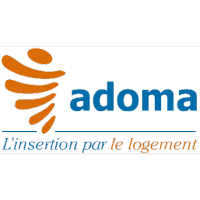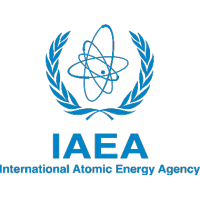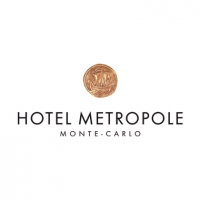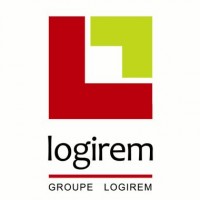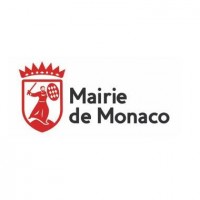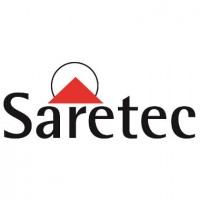Since its creation, the ENERBAT-CORNELI thermal and fluid studies office has always been committed to developing and promoting renewable energies to institutions and its customers, our experience and our capacities in this field allow us today to perfectly master systems that make it possible to exploit the energies coming from the basement, or even solar ones.
Geothermal by vertical loops
This is an extremely simple principle, to take the natural heat emitted by the basement and transmit it to the heat pump. The exchanged heat will allow to heat or even to cool the buildings. All emission systems are possible, such as underfloor heating, radiating ceilings, radiators, fan coils.
The major advantage of using this technique is to allow the heat pump to operate optimally regardless of the outdoor conditions throughout the year.
In practice a drilling of a hundred meters or more is carried out in order to insert probes in which will circulate water in closed circuit, so there is no water consumption or use of water. water from an external source such as a water table for example. Depending on the season and the needs of the premises, the probes will receive chilled water or hot water, a heat exchange will then occur between the probes and the ground. This energy drawn or rejected in the ground will be converted by a heat pump which will use it to heat or cool the premises.
Solar thermal
The solar thermal systems make it possible to ensure the production of hot water and even to heat the premises in the form of a booster associated with a main heating system.
The principle of operation is quite simple nevertheless these installations need to be selected and dimensioned with great care in order to avoid endangering them by prolonged phases of overheating, called stagnation that should be well understood during the event. study.
A solar installation consists of three parts, solar panels, a hydraulic circuit containing water and antifreeze, and finally a storage volume.
The water circulates in the solar panels to capture a maximum of free heat offered by solar radiation, this heated water is then transported to the solar tanks to be exchanged with the domestic hot water circuit or heating.
The water circulating in the solar panels will of course never come into contact with domestic hot water or heating, the heat transfer being exclusively through heat exchangers located in the tanks.
Photovoltaic solar
A photovoltaic installation or photovoltaic generator comprises a set of modules or panels composed of photovoltaic cells to be commonly used on the roof of the building to be equipped.
One or more inverters in charge of converting the DC current obtained at the output of the modules into alternating current that can be used by the users or that can be injected into the network.
Different security organs to protect the property and people, and the solar installation.
A counting device measuring the energy produced and injected into the network.
Photovoltaic modules consist of a set of cells placed in series, allowing the conversion of sunlight into electricity.
They are themselves associated in series and parallel to form a photovoltaic field.
The role of the inverter is to transform the direct current supplied by the photovoltaic field into an alternating current having all the characteristics of the alternating current supplied by the electrical network.
The inverter is a high-tech, microprocessor-based electronic device that ensures that the current produced meets exactly the standards set by the power companies. It is in the form of a metal case, provided with a display.
One of the principles of connected photovoltaics is to extract and resell electricity to the distribution network, a count of the energy injected and withdrawn must be realized. This count is made through at least two counters, one located at the downstream terminals of the circuit breaker, the other at the delivery point, that is to say at the input of the network.

